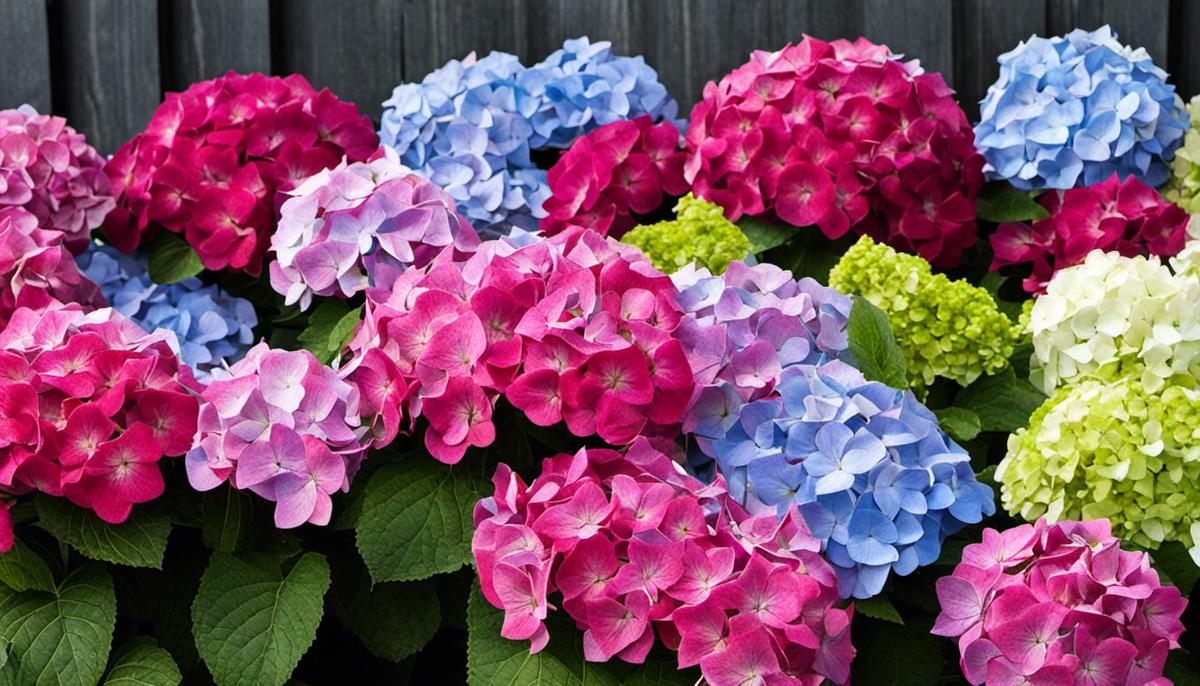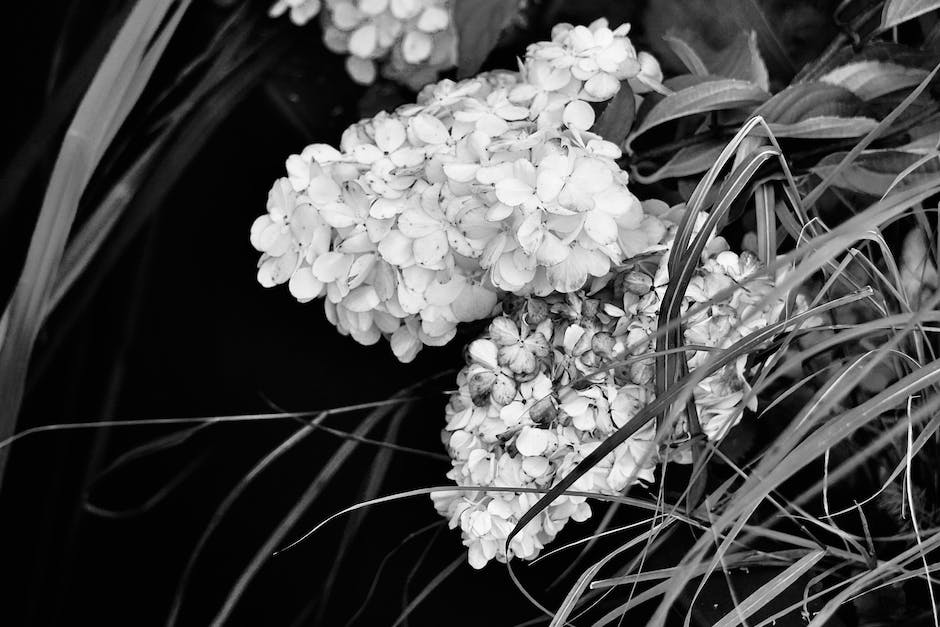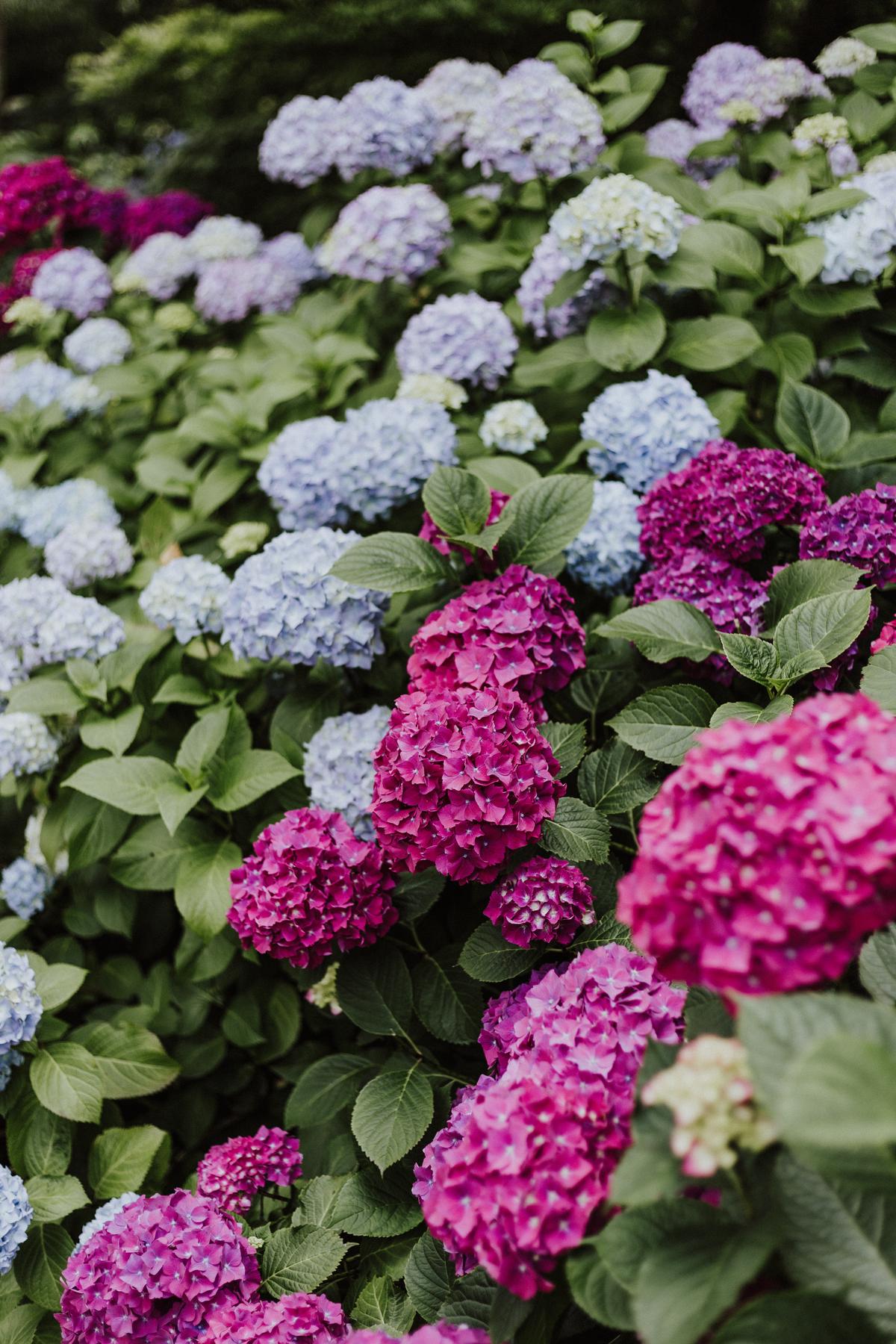Trimming Hydrangeas in Fall: A Step-by-Step Guide

The beauty and charm of hydrangea bushes can significantly enhance the appeal of any garden or landscaped yard. Several hydrangea varieties display an array of colors in their spectacular large blooms that decorate many American gardens. However, to ensure their consistent blooming year after year, understanding and practicing correct pruning techniques is crucial. Varieties like Panicle and Smooth hydrangeas require pruning in late winter or spring while others such as Bigleaf and Oakleaf varieties are usually pruned after their flowers fade in the summer. This intriguing detail of timing in pruning significantly influences the next season’s blooming.
Understanding Hydrangea Varieties
Unraveling the Blooming World of Hydrangeas: A Comprehensive Guide to Their Varieties and Differences
As enthusiasts of the glorious world of gardening, there’s rarely a sight more breathtaking than a vibrant, blooming hydrangea bush. Known for their stunning, large flower heads, Hydrangeas have a world of their own, with different types, characteristics, and unique charm. This article will delve into the different types of hydrangeas and how they vary from each other to hopefully assist every garden aficionado in finding their perfect floral match.
Starting with Bigleaf Hydrangeas, also known as Hydrangea macrophylla, these beauties are well-loved and for good reasons too. There are two subtypes here – mophead and lacecap. Mophead hydrangeas, or hortensias, are easily recognized by their large, round heads, abundant with showy, sterile blossoms. Lacecap hydrangeas have petite flowers in the center with a ring of larger blooms on the circumference – a subtly elegant charm. Bigleaf hydrangeas are unique in their ability to change color based on soil pH. Acidic soils lend them a blue hue, while alkaline soils impart shades of pink.
Hydrangea paniculata, or the Panicle Hydrangea, is another category, featuring large, cone-shaped clusters of flowers. Variations such as ‘Limelight’ flaunt greenish flowers, transforming into a rosy pink as autumn approaches. Panicle hydrangeas are known for their robustness, being able to withstand extreme climatic conditions and being more tolerant to sun exposure and pruning.
Smooth hydrangeas, or hydrangea arborescens, are native to the United States. Annabelle, a popular variety, showcases enormous white clusters of flowers. These types have strong roots and can thrive in colder climates, where other varieties might struggle.
Hydrangea quercifolia, otherwise known as Oakleaf Hydrangeas, possess uniquely shaped leaves mirroring those of oak trees, hence the name. Apart from their elongated, cone-shaped blooms, they offer stunning autumnal foliage, making them a multi-season star. They require less water and are more drought-resistant than most other types.
Climbing Hydrangeas, or Hydrangea anomala petiolaris, are a true spectacle, known for their ability to scale walls, trees, and other structures, adding an ethereal touch to any landscape. A slow grower, this beauty beholds large clusters of white blossoms and luscious dark green leaves.
Hydrangeas serrata, also known as Mountain Hydrangeas, stem from the mountainous regions of Japan and Korea. Closely related to Bigleaf Hydrangeas, these plants have smaller, more compact flora and a high tolerance to harsh winter climates.
Each type of hydrangea offers something unique in terms of flower appearance, size, and color, along with varied tolerance levels to climate and soil. Gaining a solid understanding of the manifold world of hydrangeas can bring an unparalleled depth of excitement and gratification to any gardening endeavor. Whether it’s the robust panicle, the native smooth hydrangea, the climbing sensation, or the color-changing bigleaf, the world of hydrangeas offers a plethora of diversity and beauty to explore.

Right Timing for Pruning
Diving into the heart of our discussion today – the best time to prune these vibrant gems of our gardens – Hydrangeas. With all the backdrop know-how on various species we shared earlier, now let’s unlace the mystery behind pruning these beauties to keep them hale, hearty, and blooming at their best!
First and foremost, it’s crucial to understand that different types of hydrangeas have different pruning times. There’s no hard and fast rule that applies universally, and it’s important to be aware of the hydrangea breed in your hands before you start snipping away!
Bigleaf hydrangeas, whether Mopheads or Lacecaps rejoice upon being pruned immediately after the blooms fade away. They bare their following year’s buds on old wood, hence pruning them too late may cost you the opulent blooms the next year. So the trick here is to prune just as the colors fade, but while the branch is still mighty.
Panicle and Smooth hydrangeas, on the other hand, flaunt their unfazed demeanor when pruned later in the year. Falling in the category of ‘new wood bloomers,’ they do not set their buds until the spring of the next growing season. So dive in for pruning them during late winter to early spring before new growth begins.
Oakleaf hydrangeas radiate a nearly similar flourish as Bigleaf hydrangeas, thriving on old wood. Hence the thumb rule to follow is pruning them immediately post bloom, a practice ensuring a commendable bloom in the successive year.
Climbing hydrangeas stay happy with minimal pruning. As their growth rate is generally slow, it’s best to prune them only to control size or shape, if required. The ideal time here can be late winter or early spring.
Mountain hydrangeas, echoing the habits of their Bigleaf counterparts, grow on old wood and fare well when pruned post bloom.
Pruning hydrangeas correctly rewards you with a distinct charm in your garden. So adhere to the golden rules – timed pruning, gentle hands, and faith in patience. Remember, they may take a season or two before they start blooming in full swing. When they do, stand back and admire the enchanting panorama emanating from these brilliant bursts of color. After all, the joy of gardening lies in nurturing and celebrating the journey of growth along with the destination!

Photo by priscilladupreez on Unsplash
Proper Pruning Techniques
Now, let’s delve deeper into the heart of hydrangea care – cutting techniques. Mastering these can significantly enhance the health, appearance, and prolificacy of your hydrangea blooms.
First off, know that the aim when cutting hydrangeas is the same regardless of the type you’re dealing with – getting rid of old, weak shoots to make way for robust, new growth. Nevertheless, your cutting approach can slightly vary based on the type of hydrangea.
The deadheading process marks an essential step in hydrangea care. It involves removing spent blossoms, ideally just beneath the head. Utilize sharp scissors or clippers for a clean cut, and avoid damaging the top pair of leaves. Done correctly, deadheading encourages more blooms and aids with the plant’s overall visual attractiveness.
For cutting-bigleaf hydrangeas (Hydrangea macrophylla), securing sturdy stems that can support the heavy blooms is paramount. Coax the plant into investing most of the growth efforts into a handful of stems rather than dispersing the energy, leaving weak and thin branches. Make decisive cuts early spring, focusing on weak and outlier stems – those are the ones you want to part with!
Moving onto panicle hydrangeas (Hydrangea paniculata), the ‘cutback’ method works particularly well. This involves cutting back the shrub up to a third or a half of its height each spring, stimulating a new flush of growth brimming with panicle-shaped blooms come summer.
Climbing hydrangeas (Hydrangea anomala subsp. petiolaris) are quite low-maintenance when it comes to cutting. They largely thrive on neglect but will appreciate a gentle cut here and there, especially snipping off unwanted shoots that steer off the intended climbing direction.
Mountain hydrangeas (Hydrangea serrata) present somewhat of a cutting challenge due to their compact nature. Nonetheless, the rule of thumb prevails; eliminate the old, weakest stems, making room for sturdy, new growth. Perform this cutting task in the early spring, and your mountain hydrangea will thank you with abundant blooms.
It’s worth noting that when cutting hydrangeas – cleanliness counts. A dirty pair of shears can spread disease, compromising the health of your beloved plants. Ensure to clean your tools before moving between plants or even between different parts of the same plant.
Don’t forget, while cutting and pruning are critical to your hydrangea’s growth, they aren’t the ultimate panacea. Equal attention must be given to other aspects such as watering, feeding, and disease management. Combining all these efforts will kick your hydrangea hobby up a notch and revel in the joy of guiding these incredible plants to their full bloom potential.
There you have it – the expert guide to cutting hydrangeas! Embody these diligent, thoughtful cutting tactics, and watch as your hydrangeas reward your care with exuberant and colorful blooms year after year. Don’t let the initial challenge deter you. Remember, every snip and cut leads to flourishing hydrangeas and an even more flourishing you!

Photo by brittgaiser on Unsplash
In retrospect, cultivating hydrangeas to their full potential is a work of understanding and practice. Recognizing the different types of hydrangeas and their unique pruning requirements is essential. Timing is also key, with some praising the merits of fall pruning while others advocating for late winter or early spring. Regardless of when you choose to prune, using appropriate pruning techniques can prevent damage to the plant and foster fresh blooms in the ensuing season. Knowledge and patience is key in gardening, and with hydrangeas, your reward will be breathtaking displays of color year after year.



